 |
| Aaron of Lensrentals uses his new, specialized driver to carefully remove screws from the Nikkor AF-S 120-300mm F2.8 FL ED SR VR lens. |
Roger and Aaron at Lensrentals are back again with another lens teardown; this time, the Nikkor AF-S 120–300mm F2.8 FL ED SR VR lens.
While no reason is needed to take apart another lens to see what goodies lurk within, Roger specifically notes he chose this lens because he wanted to see if the new modern design of Nikon’s Z-mount lenses is being carried over to newer F-mount lenses as well. In the introduction paragraph of his teardown post, Roger says:
‘We were interested to see if newer F lenses would pick that up, or if they would continue in ‘classic’ format. While it’s pure speculation on my part, I thought that if F lenses were starting to pick up Z characteristics, it would, perhaps, signify a unified approach going forward. If not, maybe then Nikon is maintaining separation of the Z and F design teams.’
Roger notes Lensrentals only has ‘a few of these,’ almost all of which have been rented out. However, one came in with dust inside and although it wouldn’t affect the image quality of the lens, Roger thought it’d be a perfect opportunity to do a teardown. Plus, ’t customers like to receive really sparkly clean lenses, and we didn’t want to deal with the inevitable “I can’t believe there’s dust in this $ 10,000 lens” complaint,’ he says.
The disassembly started in the front, as that’s where the dust was located. The first notable observation is that Nikon has made the front filter barrel fairly easy to remove—and therefore replace—as it slides out after removing half a dozen screws and a bit of tape.
From there, it was onto removing the first group of lenses, which Roger believes consists of 3–4 elements (Nikon is yet to publish an optical diagram for this lens yet). After a brief moment of concern that the dust was lodged between these elements, he and Aaron discovered the dust was instead on the next group of lenses—the optical zoom group. As you might expect for a 120–300mm F2.8 lens, this group has quite a bit of travel in it.
Upon diving further into the lens, Roger found the answer to the initial question he had for this teardown. When looking underneath the rubber grip of the zoom optical group, he saw an aluminum cover; a discovery that made him ‘sad.’ He elaborates:
 |
| Note the clear plastic tape and aluminum shielding beneath the zoom ring rubber. |
[The aluminum covers are] what Nikon uses to cover old-time position-sensor brushes, which means this lens has ‘classic’ brush position sensors, not newfangled optical sensors. They work just fine, don’t get me wrong, but this is a strong hint we’re not going to find new ‘Z- style’ electronics inside this lens.
At this point, no further assembly could be done from the front of the lens, so he and Aaron turned it around and started taking off the rear bayonet mount, which was ‘thoroughly weather resistant with both hard rubber and foamed rubber gaskets.’
From there, Roger and Aaron break it down all the way to the aperture assembly, carefully maneuvering through a messy array of soldered wires, ribbon cables and enough glue that it might just give Roger nightmares. In wrapping up the teardown, Roger says:
‘We had seen what we most wanted to see. The lens is well built in the old, classic Nikon F way. Obviously, we don’t think that’s pretty, and it’s not fun to work on. But it’s been an effective method of manufacturing for decades. The moving parts are solid, the chassis and assembly are solid, the weather resistance is as good as anything, maybe better.’
While the teardown was done, Roger also ran an optical test on the lens to see how this copy performed. He notes ‘there will be better or worse copies’ out there ‘but given the price of the lens, I assumed it should be clearly better than the Sigma 120–300mm F2.8 lens.’
His assumption ended up being correct, with the MTF curves looking much cleaner than the Sigma (which he notes is a great lens in its own right) and ‘at least as good as, perhaps better than’ Nikon’s own 300mm F2.8 lens.
 |
 |
| Nikon AF-S Nikkor 300mm F2.8G ED VR II Average MTF vs Nikkor 120-300mm F2.8 FL ED (@300mm) Average MTF |
Sigma 120-300mm F2.8 DG OS HSM Sport (@300mm) Average MTF vs Nikkor 120-300mm F2.8 FL ED (@300mm) Average MTF |
When all was said and done, Roger concludes that ‘Roger’s Law,’ which states ‘that Zooms Are Never as Good as Primes has at least one very expensive exception. At one of its focal lengths. This zoom is ‘prime good’ at 300mm.’ Other lessons learned include that the 120–300mm F2.8 is incredibly well-build and ‘spectacularly good optically, particularly at the long end.’
You can see more images and read a more detailed breakdown of Roger’s thoughts over on the Lensrental blog post.
Articles: Digital Photography Review (dpreview.com)












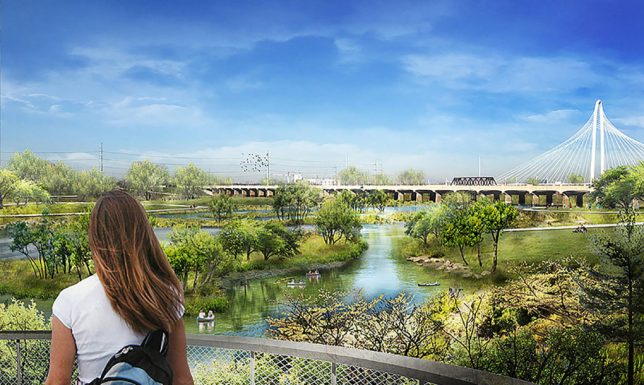
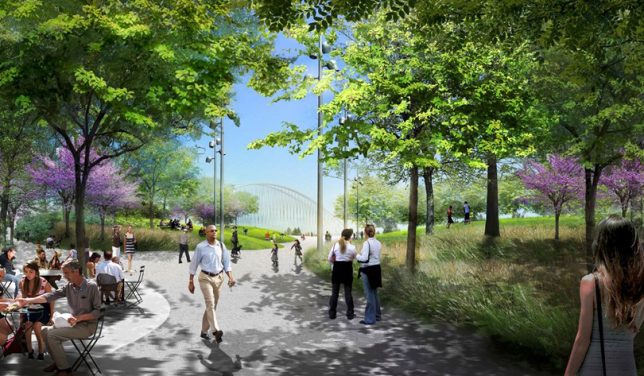
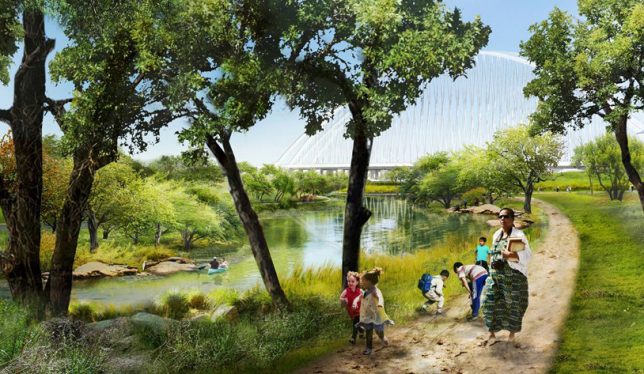
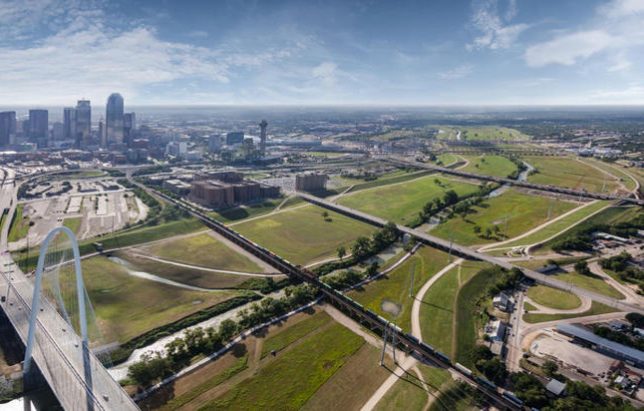


























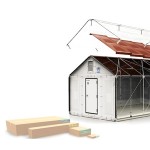
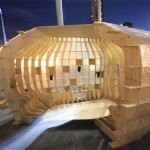
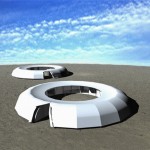













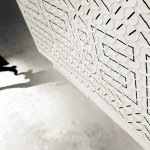
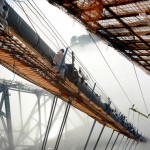
You must be logged in to post a comment.